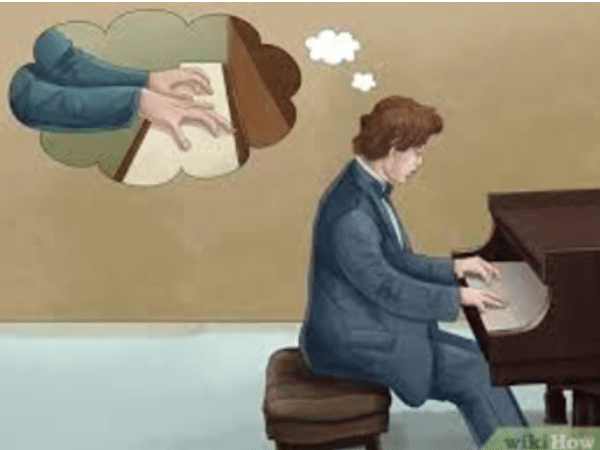Contents
You want to play the piano, but you don’t have one or you don’t have the means to have a real acoustic piano? This article will share with you the secrets of how to learn piano without a piano.
Before you raise your eyebrow, read the article first. You will then realize that you do not need to possess a piano to learn to play one. In fact, not all piano owners know how to play the instrument and not all great pianists owned a piano when they started.
Ways to Learn Piano
Here are four ways to help you learn piano without actually having to play the real instrument physically. Moreover, there’s a bonus section that allows you to understand some benefits you can get from playing the piano without a piano.
Try Basic – Music Theory
Learning theory isn’t usually fun. Many of us want to get hands-on right away. It may sound boring to start with music theory, but it’s actually the best place to start. Playing the piano isn’t just about memorizing the chords and knowing the fingering technique. You need to learn how to read sheet music, recognize notes, and get yourself familiar with the fundamentals.
With the internet and mobile phones, it’s very easy to get fine sources about music theory. YouTube is also a great place to start learning about the basics of playing piano. Watching videos from great players helps you feel motivated. Likewise, there are also very useful websites you can check out like Yousician, Simply Piano, Flowkey and so on. You can even attend online piano lessons and learn from great mentors.
Download a Piano Mobile App
You don’t want to just read books or watch piano videos? Check out Play Store or App Store because there are great piano mobile apps, as well. There are free apps, but if you want detailed and more intensive learning, you can go to paid apps.
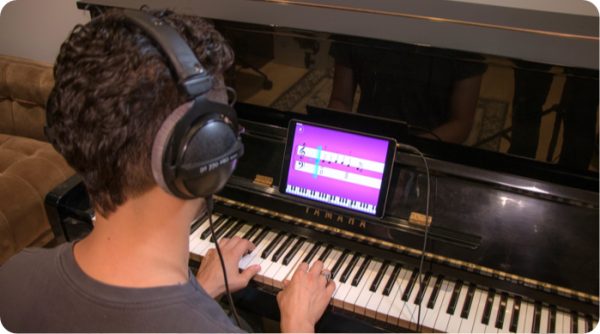
Virtual keyboards (piano mobile apps) allow you to master proper fingering and hand placement. Although you can’t feel any action, or it’s not like playing a real piano, at least you’ll get to familiarize yourself. Some apps have guides as to which key to press (what key it is) as you play along with your favorite song.
It’s fun. There are also games you can play and download favorite songs you can play along with. When you master the song and when you already have a real piano, you can connect your phone (the app) to the keyboard and start playing. In this way, you’ll be able to easily play it on the actual instrument since you’ve developed muscle memory. Just minor adjustments needed. Have a look at popular mobile apps like Simply Piano, Yousician, Skoove, Magic Piano, and more.
Be Creative – Build Your Piano
This may sound weird, but this technique is proven helpful to a lot of players who struggle to have a piano. Build your very own piano using cardboard or whatever material you have available. Especially for people who aren’t comfortable playing piano on the small phone screen, cardboard piano is a great alternative.
As you watch video lessons on YouTube or on your app, you can do fingering on the piano you just crafted. You don’t need to create an 88-key piano, just have the basic octave. Make sure keys could closely represent actual keys, so you can make adjustments to the finger placement.
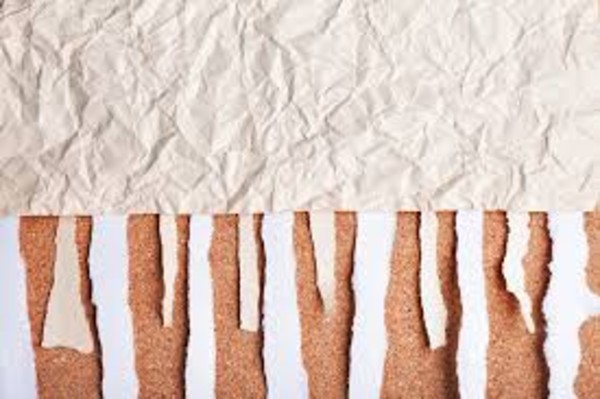
Surprisingly, you can actually find a lot of resources online on how to build a cardboard piano. You can level up to really build your own version of an acoustic piano, but that’s really hard work.
Find an Alternative – Get a Keyboard
Just so you can get started with your piano lessons, buy (or rent) a cheaper alternative to piano – a keyboard. An electronic keyboard is handy, packed with more exciting features, and usually cheaper than a digital and acoustic piano. Even though they don’t have fully weighted keys, it’s really a great place to get started.
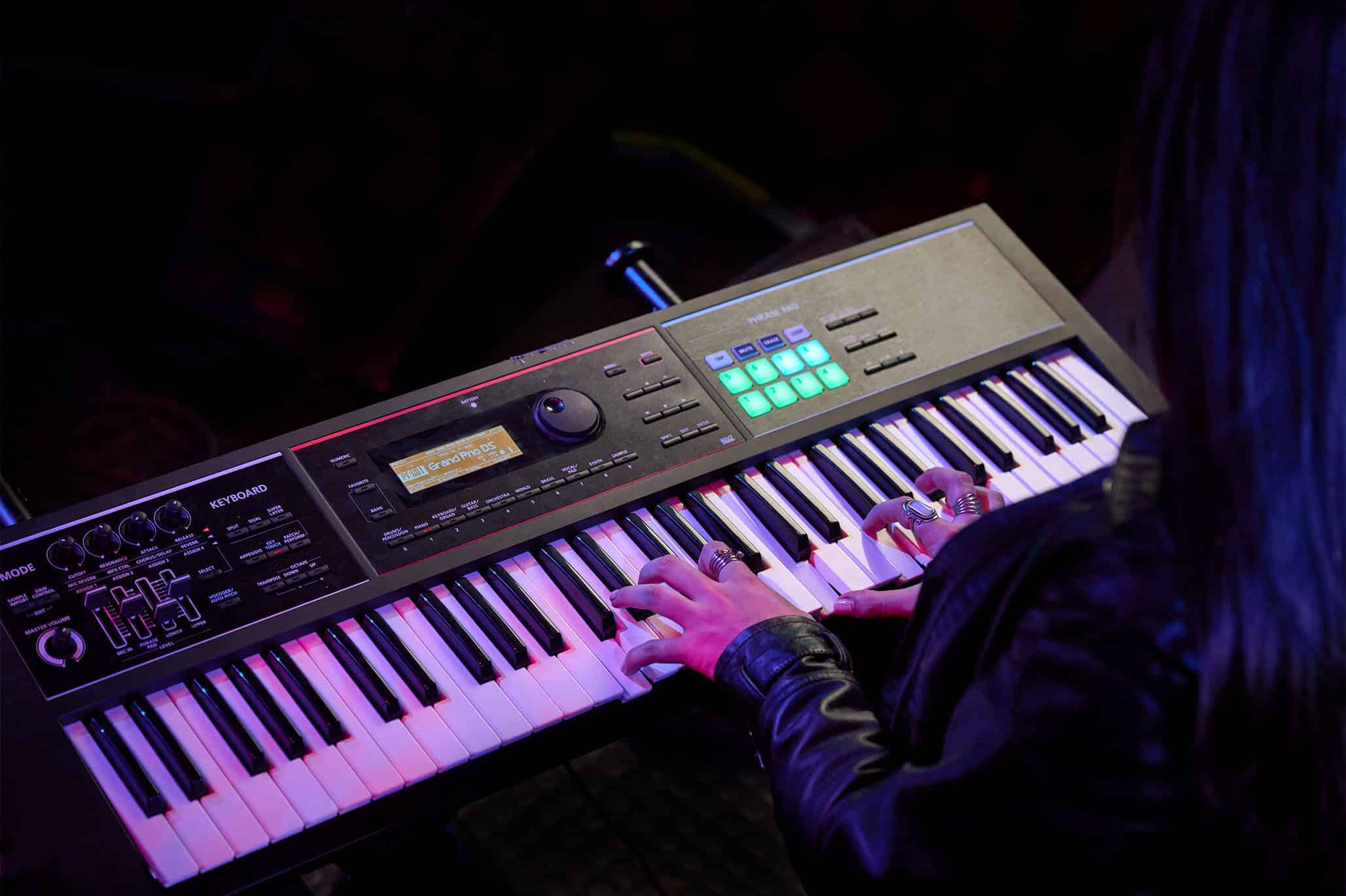
Electronic keyboards can be available in 44 to 61 keys or even full-sized 88 keys. You can find a lot of these on Amazon or even at your local music stores. You can also find used keyboards that are available at a much lower price. Some great keyboards are offered by trusted piano makers like Casio, Korg, Roland, and Yamaha, to name a few.
Bonus – Practicing Without Piano Helps You Improve
It might seem kind of difficult to play piano without actually having one, but it can help in a lot of ways. It can help you improve dexterity, rhythm, and dynamics. Here’s a good YouTube video that you can check on.
Dexterity Exercises
As you can see in the video; you can develop dexterity by tapping your fingers on the table and repeating the process over and over again. You can do it sequentially for your thumb to your pinky and back – left, right, and then, both.
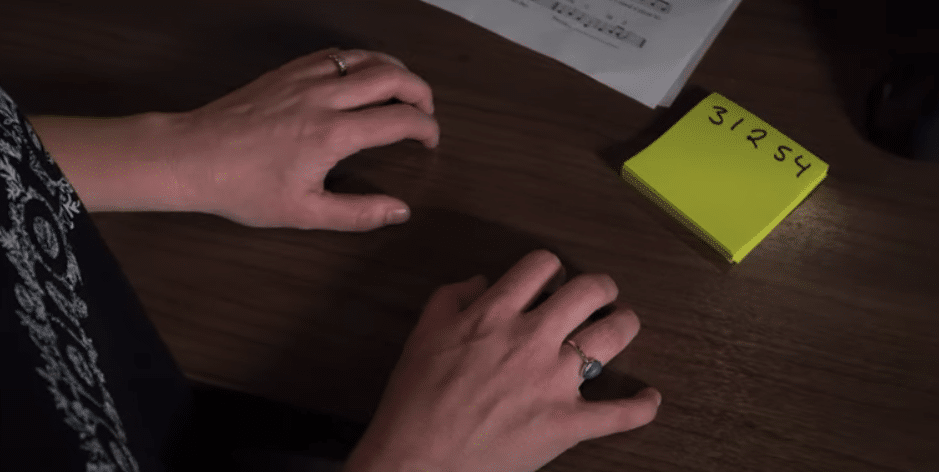
Then, you can also come up with random patterns – kind of challenging, but it will allow you to gain muscle memory and good coordination.
Tapping Rhythms
This is a fun exercise, but can be a bit annoying if you are tapping your table in your office. Learn how to tap and control your fingers to be able to produce rhythm. It may be awkward at first, but you’ll definitely love how it can help you develop.
Conclusion
Some say that you can’t learn piano if you don’t have an instrument. However, this article just reveals secrets on how to learn piano without a piano. You can start by learning the fundamentals of music theory, then try to check YouTube tutorials or download a piano app.
Although there’s no replacement to the greatness of playing an acoustic piano, getting an electronic keyboard is a wise decision. However, it’s really up to you how you’re going to learn fast. How willing are you to sacrifice your time and put extra effort to playing and learning the piano?

Hi music fan! I am Jeff. Hope that you enjoy some stuff I shared here in my personal blog.
About myself, Currently I am in charging as Artist Manager/Music Supervisor at 72 Music Management. I did managed album to Grammy Award in 2017 with 7 Nominations from 2014-2020 and had the opportunities to work with : A.J. Croce, Blind Boys of Alabama, Bobby Rush, Dom Flemons, Dustbowl Revival, Sarah Grace
Governor of the Memphis Chapter of The Recording Academy is one of a award that I am lucky to achieved.
